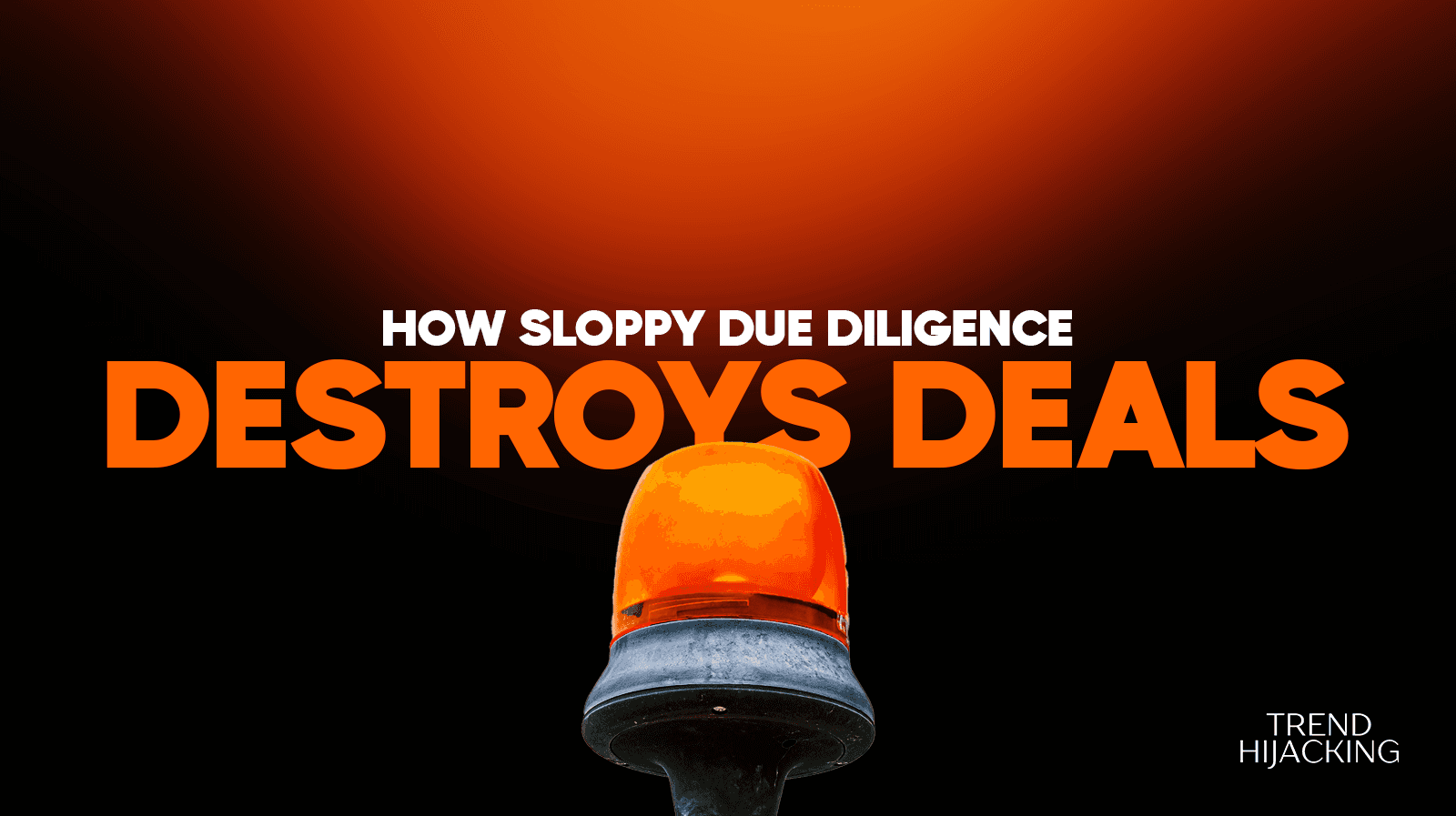How To Turn your Store’s Visitors Into LOYAL Customers By Using OFFERS
What Exactly Are Offers?

A simple way of looking at it is what you give your customers that makes you stand out from the competition. Here’s a blog post talking more about what exactly an offer is.
So for reference purposes, here’s an illustration of how it works exactly.
After having done everything necessary to get a store up and running — the ads, copywriting, and organic content, you find out that your product, a Glow-in-the-Dark DIY Constellation Projector, was becoming too saturated.
You see million-dollar campaigns being set up around you that’s enough to swallow up your store, so you decide to do something.
Let’s say the price of this projector is about $22.99 from the supplier, but most of your competitors are selling for about $57.99 (so $35 profit on each sale).
You go about it this way, you tell your customers that for every set they buy at the price of $50, they get FREE Guides on how to set it up, other Creative aspects they can implement, and the best ways to make a viral set up with the Constellation Projecto.
Now this seems crazy but look at it:
You are offering more, such that your customers are even willing to buy more from your store to get extra benefits.
What you are offering is profitable… The customers pay $50 and get 1 projector worth $22.99 and an eBook guide that’s probably worth $1 (that $23.99), so you get to keep $50 — $23.99 = $26.
It may seem like you’re making way less profit, but remember that the cheaper price plus exclusive offer makes customers want to buy even more from you so the goodwill makes you more than these other brands!
Do you see the power behind using offers? Later, we’ll look at how to get an offer that suits your niche. But for now, let’s talk about what your visitors do when they come into your store.
We Help You Buy / Build, Manage and Scale E-commerce Brands for an EXIT
E-commerce Simplified for Busy Individuals – We handle the buying, building, and scaling, so you can focus on what matters.
Growth-Focused Strategies – From sourcing to marketing, we drive growth and prepare you for a profitable exit.
Expertly Managed Exits – We build a high-value brand designed for a Lucrative exit.
How Your Visitors View Your Product With Offers vs Without Them

You need to understand consumer psychology if you want to win this game — especially with offers.
First, understand how your customers interact with your website. You can use some Shopify Analytics or Heat Maps to track their activities.
The reason for this is to be able to know where to place your offers — strategic positioning.
Some of the metrics to look out for are:
Browsing Patterns: Look out for their browsing patterns, what they explored, what sections they spent the most time on, etc.
Search history: Look out for what they search for in your store’s search bar, this will help you get keywords you can rank for.
Cart Abandonment: almost everyone knows this one. It’ll help you find what the issues may be from unexpected costs to stressful checkouts.
Referral Sources: it’ll also be useful to ask them from whence they came so you know where to put the most marketing efforts.
By tracking these metrics, you can easily get the right places to position your offers as well as other display arrangements for maximum engagement.
Another thing is the perceived value your visitors have towards your offers.
Imagine offering 3 complementary eBooks — how to get a six-pack in 3 days, A Keto cheat sheet, and a Cut v Bulk guide whenever someone purchases a weight loss protein shake.
That increases the perceived value of your protein shake and brand.
Another thing is FOMO (Fear Of Missing Out) — no one wants to miss out on a big opportunity. It’s ingrained in our DNA as humans.
When your offer begins to appear more as an opportunity than a discount, and you leverage on the emotional decisions most people take, then the tables turn in your favor.
Some brands use another psychological concept to their advantage which you can as well.
Some studies show that most people will prefer to avoid loss than they do to acquire equivalent gains.
It’s termed “Loss Aversion” and some brands use it to make the customer believe they’ll be at a loss if they don’t take the offer, which is still profitable to them as the brand.
Understanding how to make your offers look like a loss before your customers is key and we’ll be going over how you can do that in the next section.
How to Make Mouth-watering Offers That Get Them To Buy

To make your offers IRRESISTIBLE, you must go beyond price discounts! Your offer has to be valuable — like a complimentary product, a service, or even exclusive content.
Your offers should also clearly state how the customer will save a lot from making the purchase.
Let’s look at some popular offer approaches and how they work:
Buy 1 get X Free: This format is used if you do not want to blatantly state that you’re giving a discount.
Most brands make X = 1, that is buy 1 get 1 free, and that is the equivalent of giving a 50% discount.
You can experiment and give X any value you please (as long as it’s greater than 0 i.e. a Free Gift, a complementary product, % discount off, etc.). The goal is to give as much value as possible.
Offer Stacking: this refers to giving your customers way more value compared to the price paid for a product compared to your competition.
This allows you to price your product more than your competition, but still get as many conversions.
Here’s an analogy so you can apprehend this much more:
You sell Tracksuits and your competitors price it at $20.99. If you want to spread your margins without being seen as too expensive, you give great offers.
You offer your customers a free lifetime warranty, a chance to win a 12-month Gym membership, and 2 guides that could help them in their workout journey when they purchase at your price.
You could also state the monetary value of all you are offering to increase the perceived value.
All these will have your customers thinking more about the steal they are about to get than the actual price you’ve set.
The best part is that getting these offers does not have to be an extra cost to you; so you get the margins you were looking for from the start.
Here are some examples for every niche and what they can offer:
Fashion Niche: Buy 1 and get a second one at 50% off, and if your purchase is more than $50, we’ll throw in a necklace completely FREE.
Electronics: Buy a smartphone and get a FREE phone stand.
Fitness: Buy a fitness tracker and get a FREE workout planner.
Home & Decor: Buy a furniture set and get a FREE interior design consultation.
Beauty & Skincare: Free virtual beauty workshop access with every purchase.
Just look at these examples and figure out what you can offer your customers that will be valuable to them, won’t put you at a loss, and aligns with your brand.
Now let’s look at how these offers will grow your revenue by making your visitors, loyal customers.
How to Make Visitors CRAVE Your Product

We’ve covered some ground here and you now know how to create a compelling offer for yourself. Let’s look at how you can manage your offers so that they are no longer just one-time buyers, they are patrons.
First, you need to understand that your goal is to transition your customer from buying only because of your offers to buying willingly, with or without the offers. Here are some key strategies you could use to do this:
Use tiered loyalty programs that reward customers for repeated purchases. Gradually increasing the rewards or benefits at each tier makes them buy even more.
Offer loyal customers exclusive access to new products, pre-sales, or limited-edition items. This gives them a sense of VIP treatment, making them feel valued and more likely to keep buying.
You can use occasional surprise rewards as a gesture of appreciation. Unexpected bonuses create positive experiences and increase the likelihood of customers returning for more.
Encourage customers to become brand ambassadors by offering referral incentives. By rewarding them for referring friends or family, we not only increase customer engagement but also expand our customer base.
As your customers start getting more from your brand, the need for all these offers almost disappears and now they are as loyal as can be. At this point in the journey, your brand has become a part of their life and they care more about the experience than the offers.
Conclusion:
While many store owners invest their time and money in other parts of their business, they usually overlook the fact that getting customers to willingly opt-in for your product is key.
Making mouth-watering offers that steal conversions from other brands and help you spread your margins is quite necessary to growing your brand.
In all, we’ve seen how important it is to get visitor’s data and how that can eventually help in getting loyal customers. Gradually, if you’re able to offer enough, these visitors turn into customers and customers into patrons.
If you would like to strategically set up your offers as well as get your store set up for optimal performance, my team can come into your store to get you more conversions. Click here to work with my team.
Before You Go, Let’s Keep in Touch⏬
We Help You Buy / Build, Manage and Scale E-commerce Brands for an EXIT
E-commerce Simplified for Busy Individuals – We handle the buying, building, and scaling, so you can focus on what matters.
Growth-Focused Strategies – From sourcing to marketing, we drive growth and prepare you for a profitable exit.
Expertly Managed Exits – We build a high-value brand designed for a Lucrative exit.
A Done-For-You E-commerce Business
Discover how we Build, Launch, and Scale a 6-figure/month Business for You
Learn more
The 6-Step Blueprint to E-Commerce Acquisition
See how we Acquire, Convert, and Scale with Real Case Studies to Prove It.





















